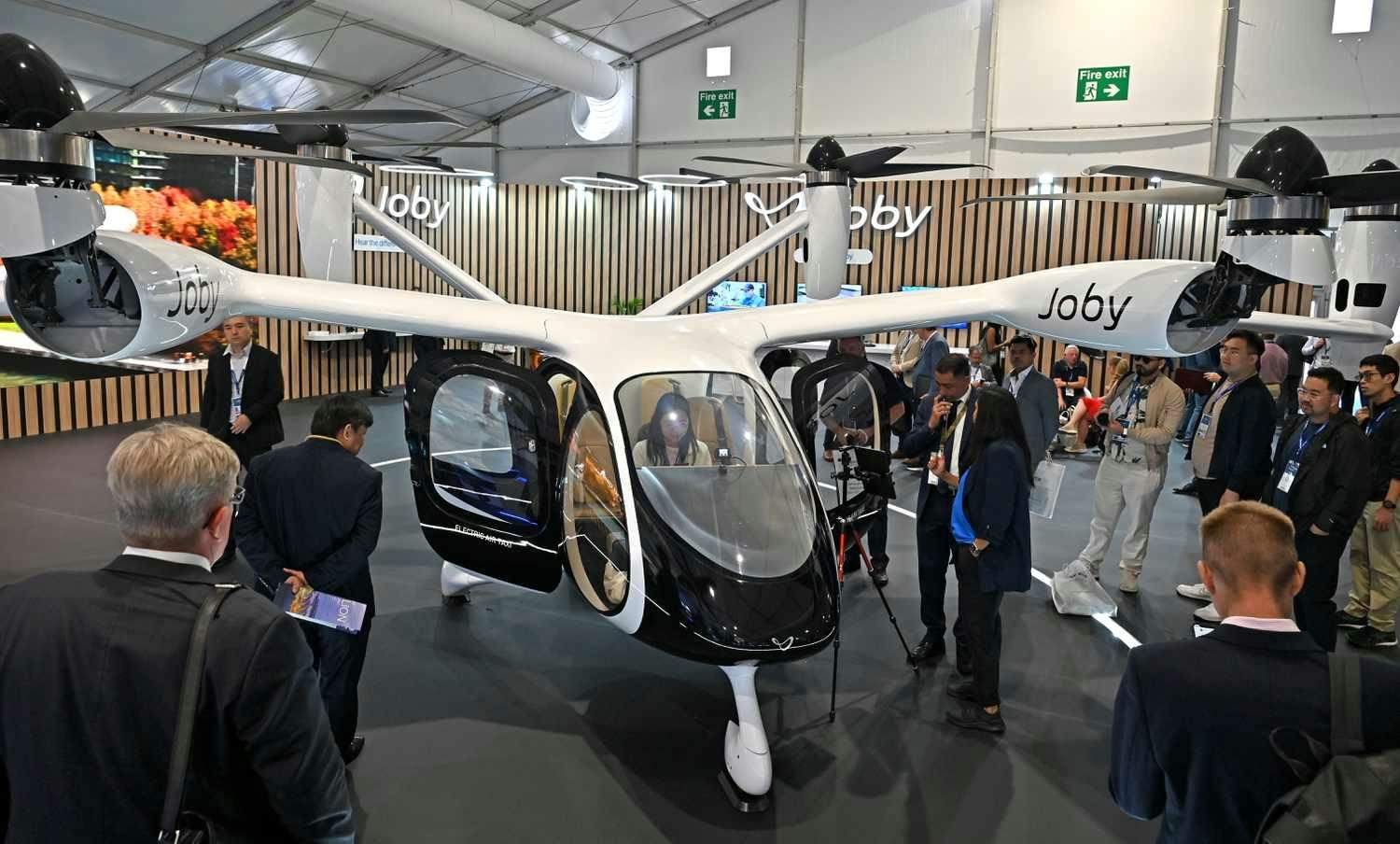
AeroGenie — Your Intelligent Copilot.
Trending
Categories
Airbus Signs Letter of Intent with Thai Airways to Retrofit A350 Fleet
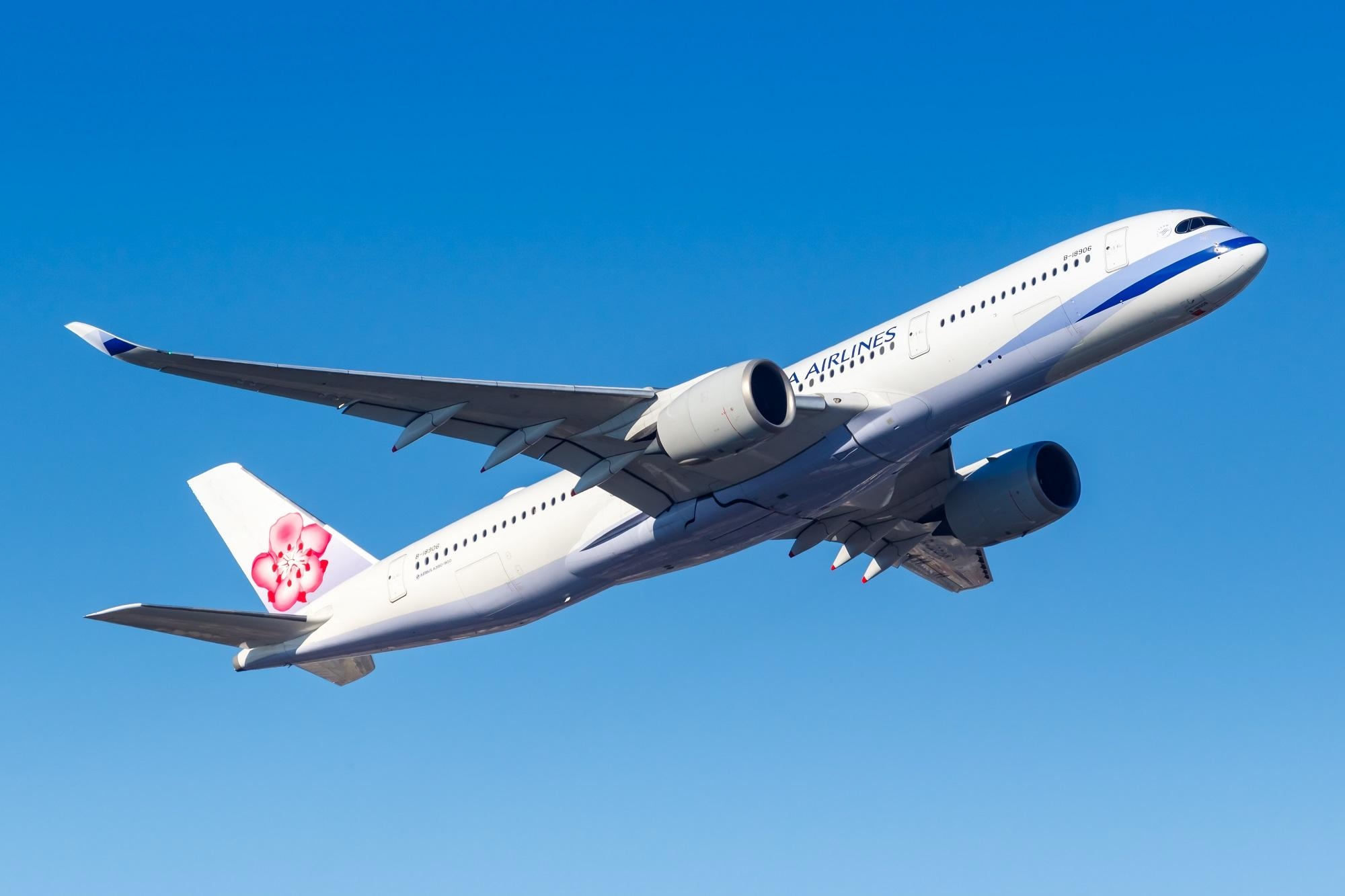
Airbus and Thai Airways Announce A350 Cabin Retrofit Agreement
Airbus and Thai Airways International (THAI) have formalized a Letter of Intent (LoI) to undertake a comprehensive retrofit of THAI’s A350-900 aircraft fleet. This initiative aims to significantly enhance passenger comfort and operational efficiency by integrating the latest cabin innovations across the airline’s long-haul fleet. Upon finalization, Airbus will lead the retrofit programme, which is scheduled to commence in 2028, with aircraft returning to service in phases to minimise disruption to THAI’s operations.
Planned Upgrades and Passenger Experience
The retrofit will introduce a series of cabin enhancements designed to elevate the travel experience. These include modernized ‘Royal Silk’ Business Class seats, the addition of a new Premium Economy Class, refreshed Economy Class seating, and an upgraded in-flight entertainment system. Collectively, these improvements are intended to provide a seamless and premium journey for passengers across THAI’s extensive global network.
Strategic Partnership and Industry Implications
Balinda Zhang, Airbus Head of Commercial Services for the Asia-Pacific region, emphasized the strategic importance of the collaboration. Zhang noted that the retrofit aligns with both companies’ commitments to enhancing comfort, efficiency, and sustainability. “This investment ensures THAI’s A350 fleet continues to offer an exceptional flying experience, supporting their fleet modernisation strategy and reinforcing our long-standing partnership,” she stated.
While the retrofit promises substantial benefits, it also presents challenges, particularly regarding the significant costs involved and potential operational disruptions as aircraft undergo upgrades. THAI and Airbus are working closely to mitigate these impacts, aiming to maintain the airline’s reliability and service standards throughout the process.
Market response to the announcement has been predominantly positive. Industry analysts suggest that the enhanced passenger amenities could strengthen THAI’s competitive position on long-haul routes. Furthermore, this move may encourage rival carriers to accelerate their own cabin upgrade programmes, potentially raising the overall standard of in-flight experience within the region.
Long-Term Significance for THAI and the Aviation Sector
The A350 remains a vital component of THAI’s long-haul operations, and the planned retrofit is expected to increase its appeal to both premium and economy travellers. By leveraging Airbus’ aerospace innovation expertise alongside THAI’s renowned hospitality, the programme aims to establish new benchmarks for comfort and sophistication in air travel.
This collaboration highlights a shared vision between Airbus and THAI to elevate the passenger journey and sustain a competitive edge in a rapidly evolving aviation landscape. The retrofit not only reaffirms the enduring alliance between the two companies but also signals a commitment to maintaining THAI’s A350 fleet at the forefront of global aviation standards.

Growth Expected in Aviation Biofuels Market
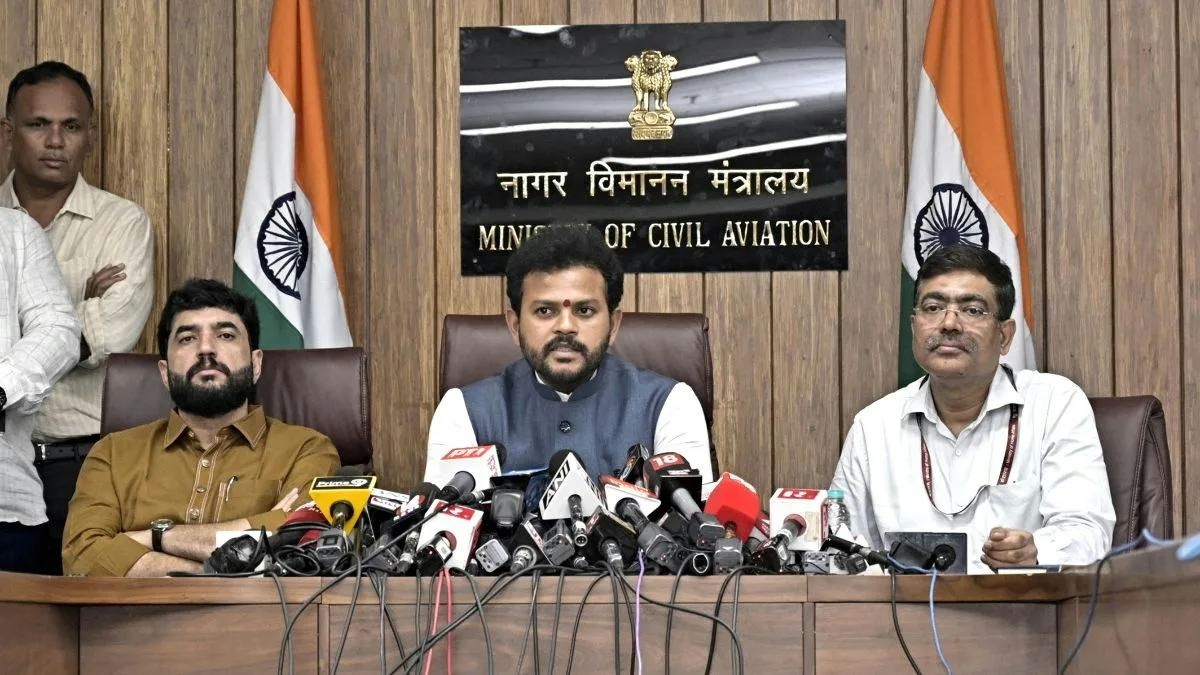
Civil Aviation Minister Says Air India Crash Investigation Is Thorough and Professional
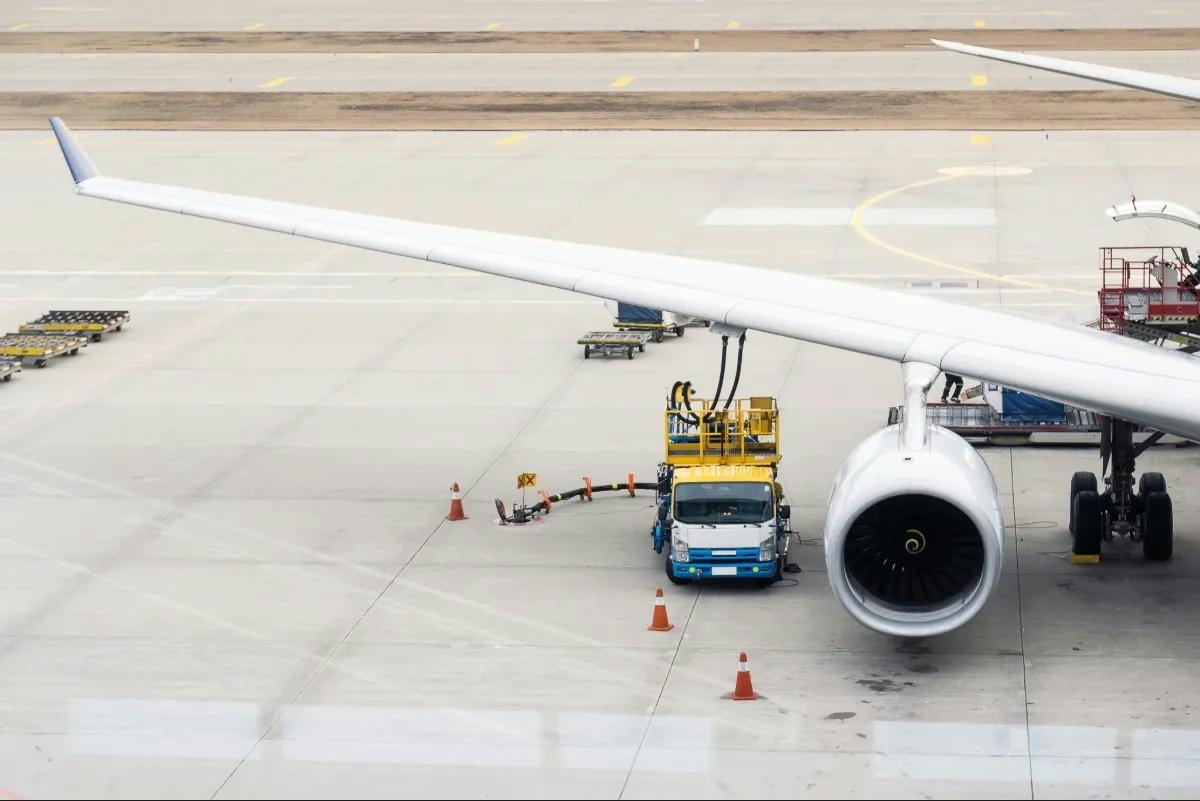
Airline Industry Challenges in 2025: Layoffs, Mergers, and AI Pricing
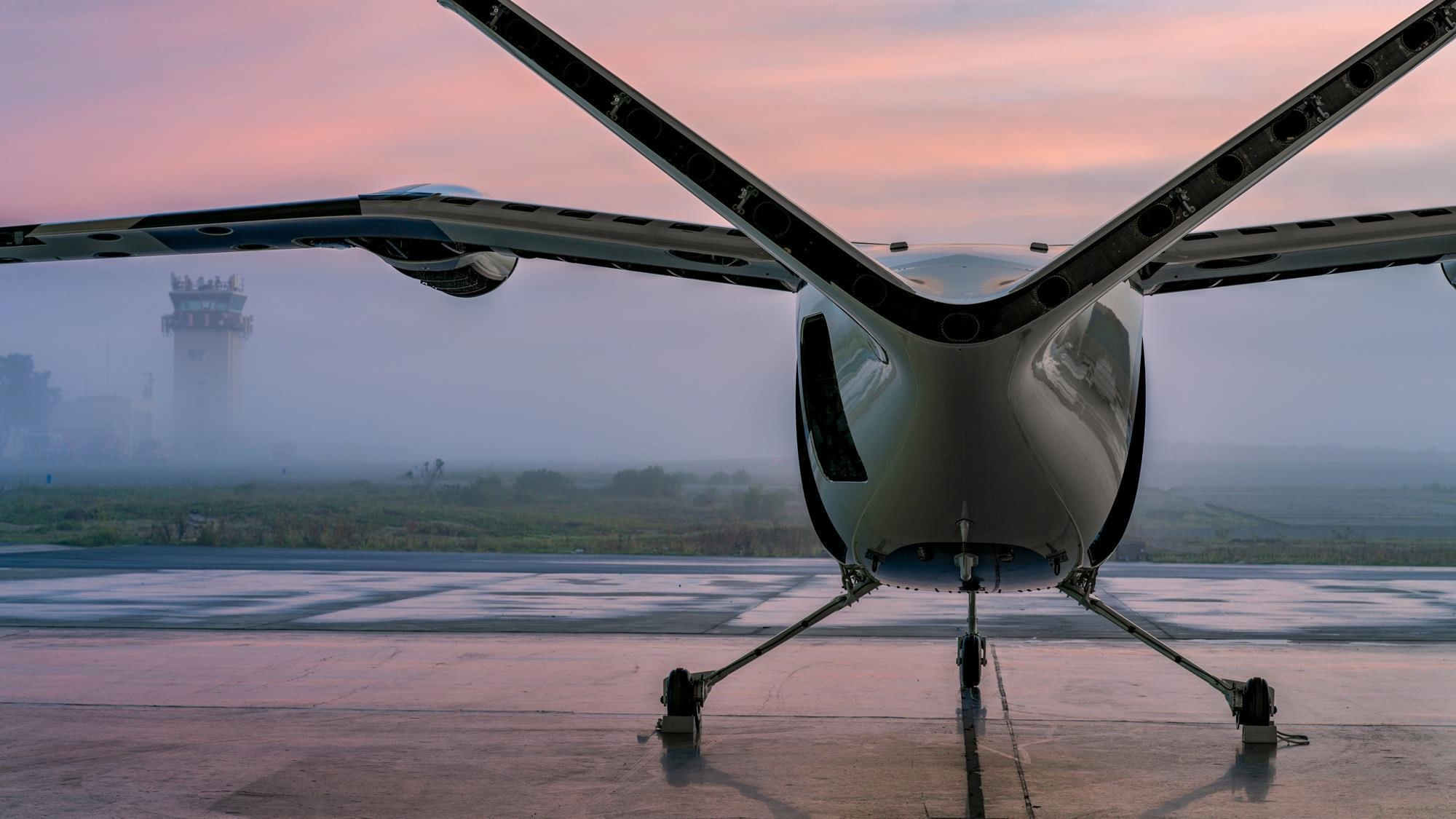
FAA to Review Honda’s Exemption Request for eVTOL Aircraft Trials in the US
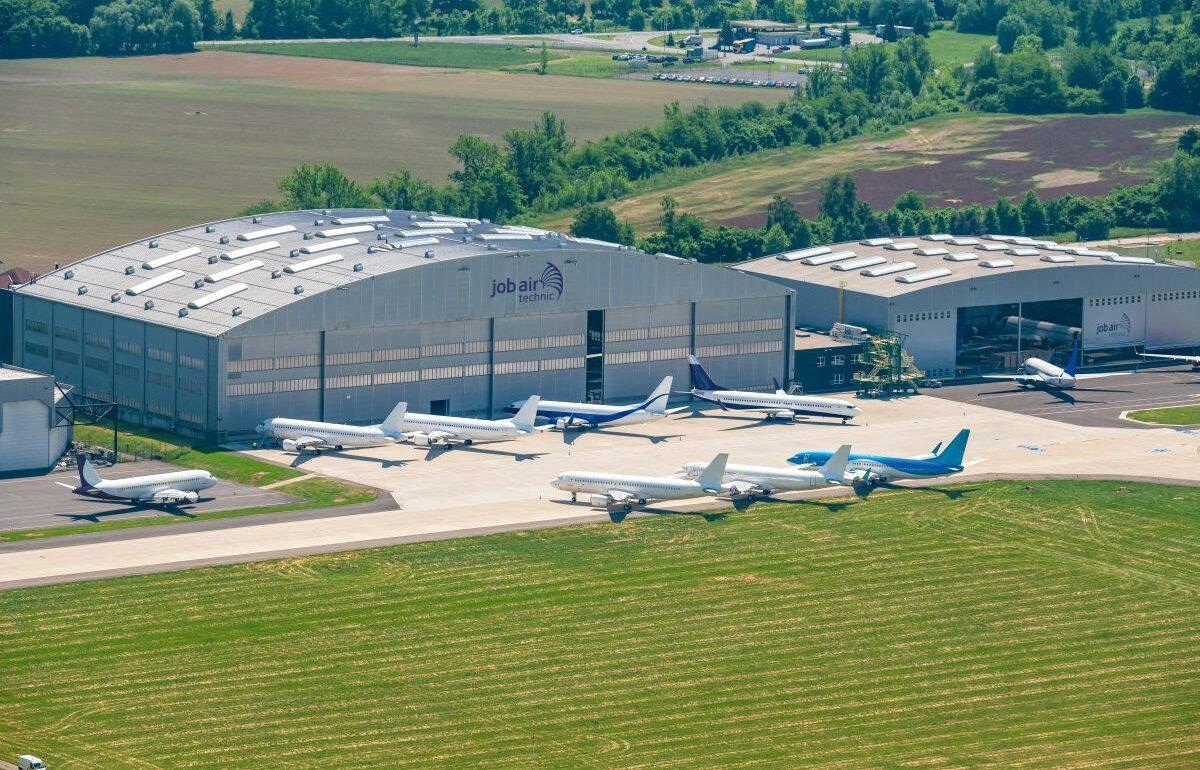
New Aviation Maintenance and Training Center Planned for North Bali

Airbus Exceeds 2025 Delivery Target with 793 Aircraft
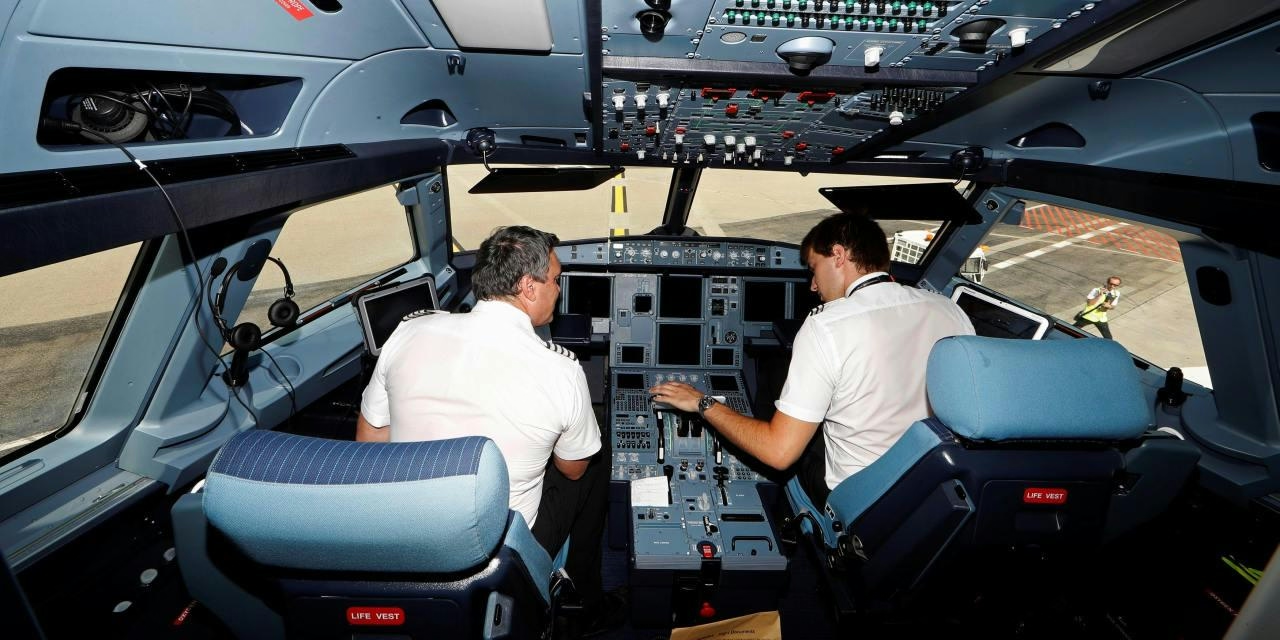
TransDigm Group Reshapes the Aerospace Supply Chain
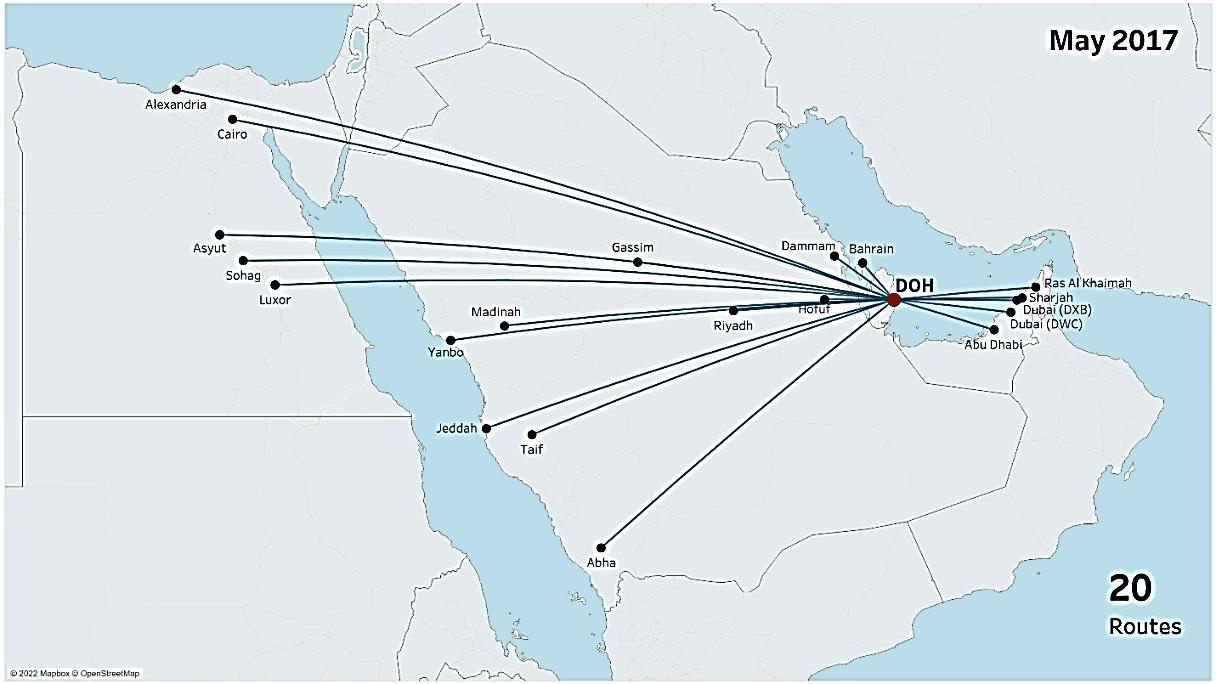
Qatar Secures ICAO Re-election and Expands Aviation Routes

UAE and China Advocate for Flying Taxis Over Self-Driving Cars
